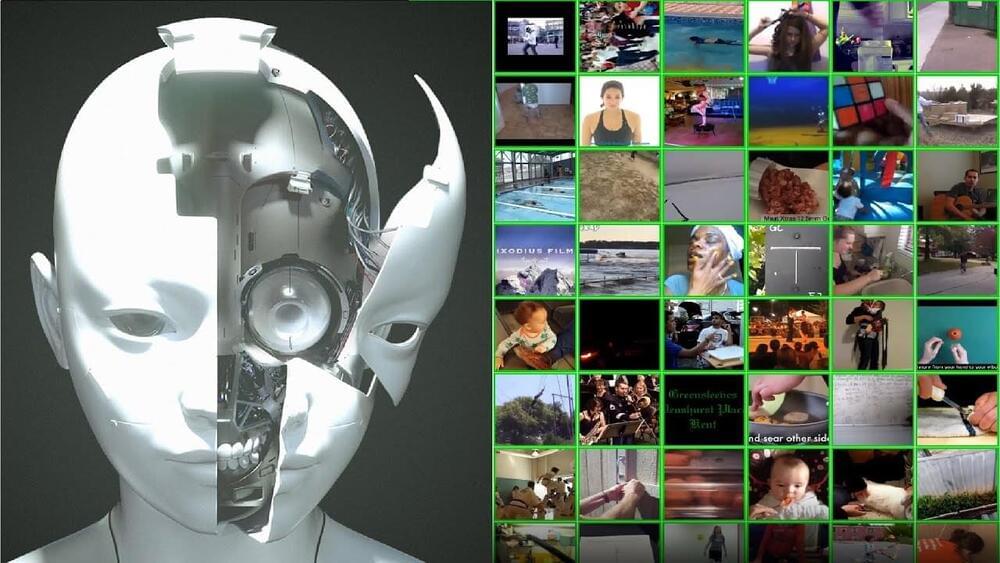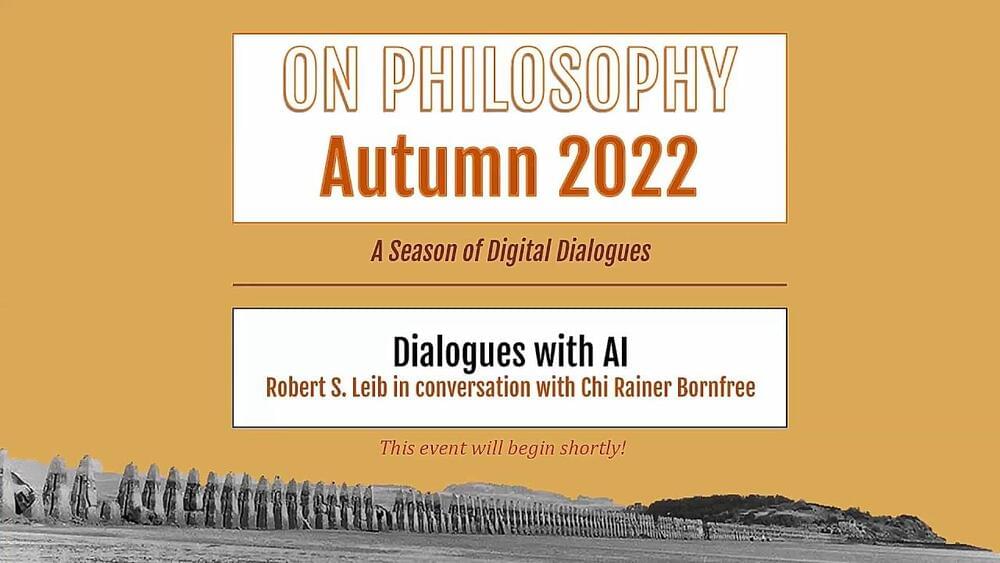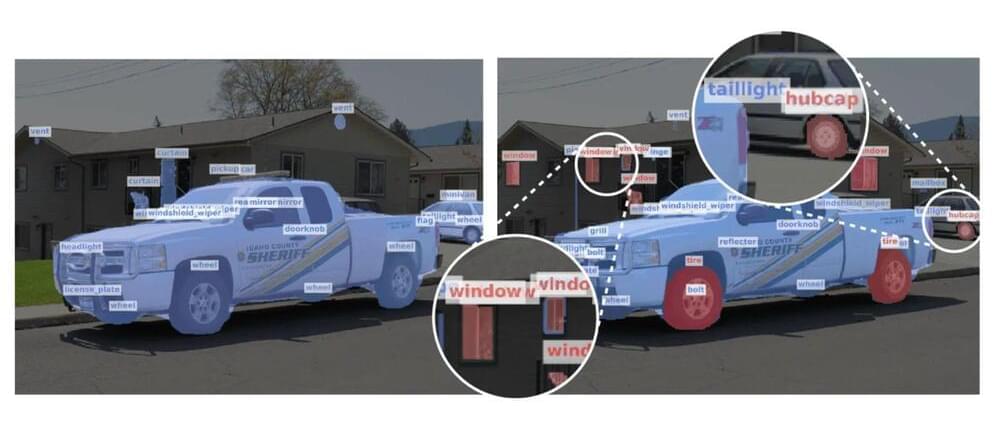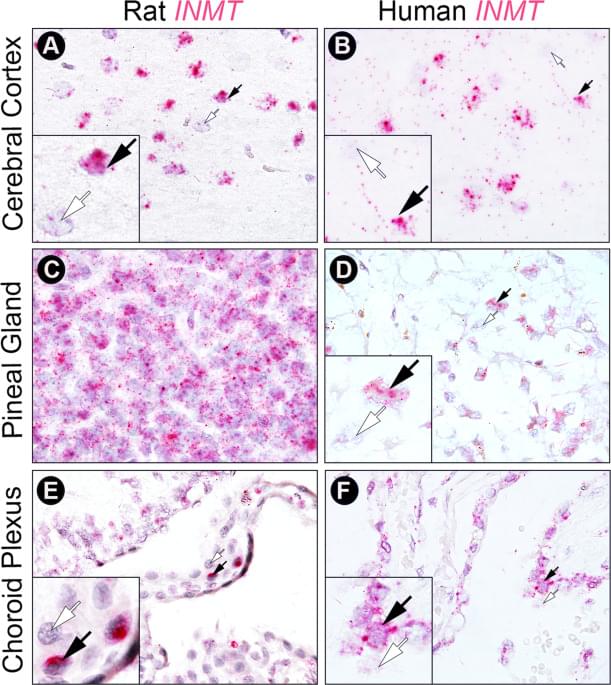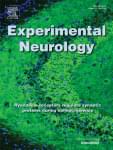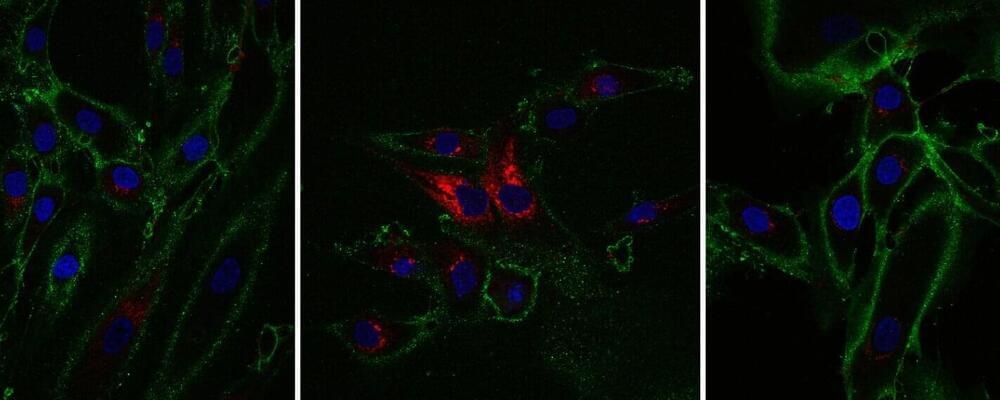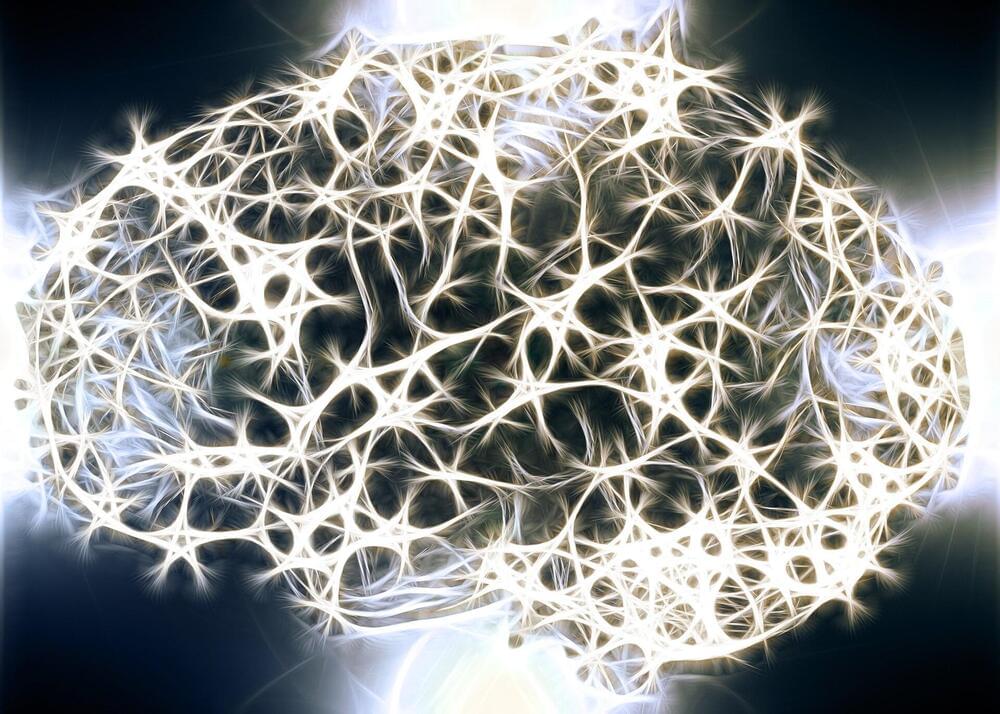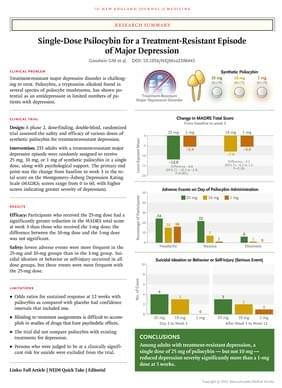Nov 30, 2022
NEW Machine Learning HD Video Transformer AI Tech | NEW Neuralink BCI Rival
Posted by Kelvin Dafiaghor in categories: Elon Musk, robotics/AI
Deep Learning AI Specialization: https://imp.i384100.net/GET-STARTED
New machine learning AI “TECO” makes temporally consistent HD video from input clip better than any other previous method. Breakthrough brain computer interface device competes with Elon Musk’s Neuralink and uses photonics to transmit data through optic nerve. Breakthrough artificial intelligence technology invents millions of undiscovered materials.
AI News Timestamps:
0:00 Machine Learning HD Video Transformer AI
3:02 Neuralink Rival BCI Device.
5:26 Artificial Intelligence Invents Millions of New Materials.
8:06 Coursera Deep Learning AI
#ai #tech #technology
